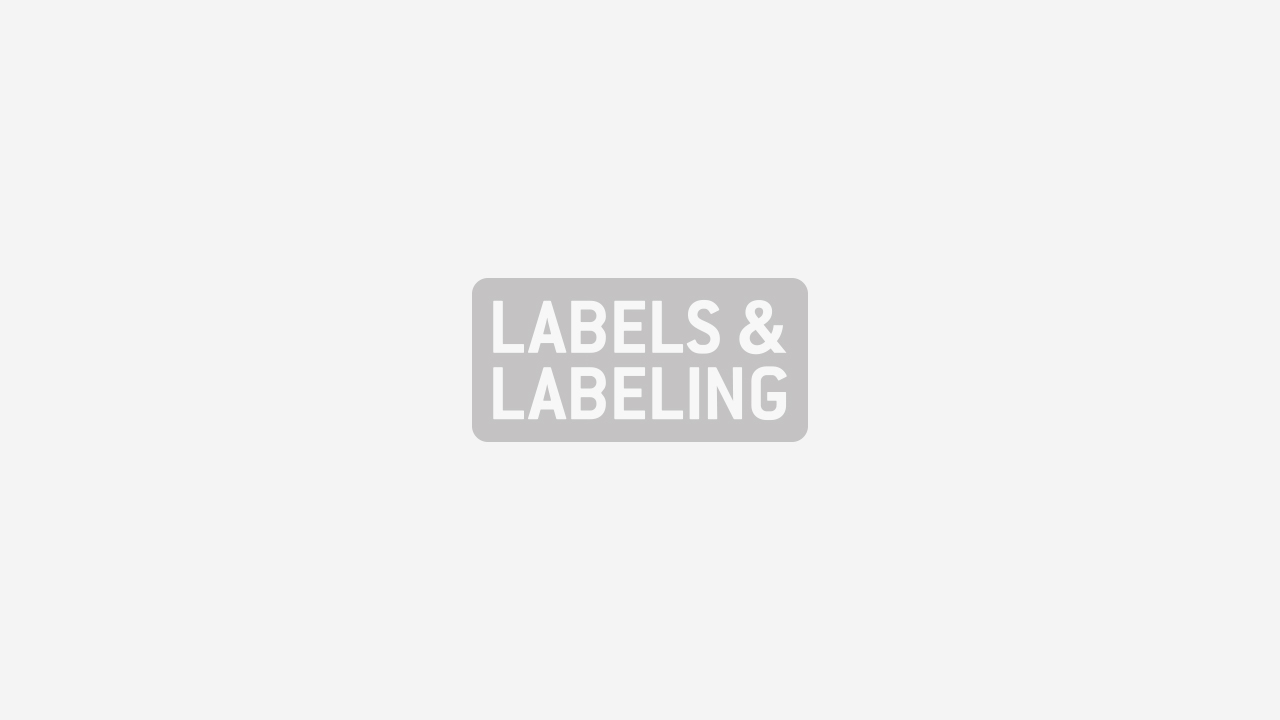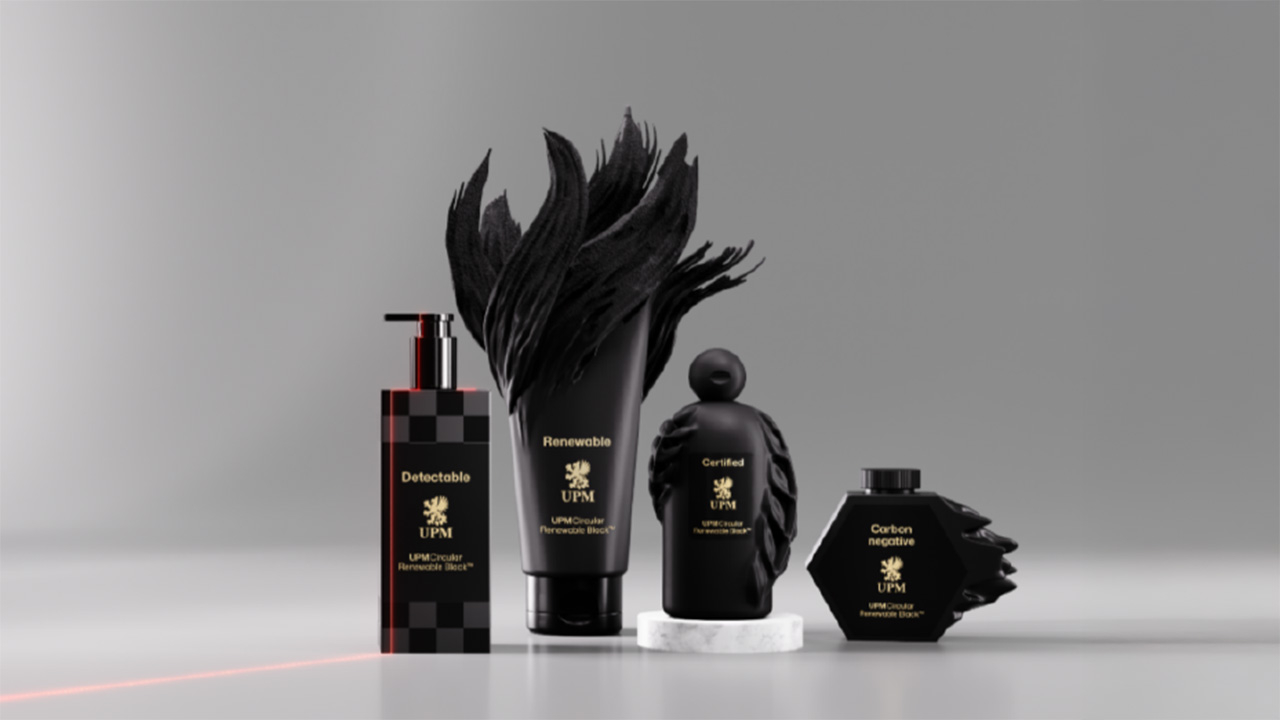Lanxess unveils elastomer for innovative crate labels

Specialty chemicals company Lanxess has launched its UV-resistant, halogen-free Levamelt synthetic rubber that can be processed without any plasticizer.
Levamelt is used, for example, for the production of detachable labels made of Jet-Folio Tacklite from Bremen, Germany-based company Nopar International. Applied to beer crates, the innovative labels can help small, medium-sized and large breweries make their premium products even more attractive for their respective target group – and at the same time save logistic costs when returned to the deposit system.
Stefan Schmitt, general manager of Nopar International, explained: ‘Breweries are adapting to the changing demands of their customers by extending their product range with so-called trendy beers. The beverage suppliers are enriching their traditional alcoholic and non-alcoholic products by adding exotic fruit juices, for example, to give them an exciting taste. These beers are even popular among consumers who are otherwise not very keen on Pilsner and wheat beer.’
The diversity of these brands can cause logistical problems: with the different products needing their own crates with the advertising geared to the respective target group. ‘The problem is that large breweries usually produce several types of beer at different sites,’ said Schmitt, ‘so it is always difficult to assign the returned crates from the deposit system to precisely the right bottling plant with the relevant labels.
‘Some breweries are already using advertising labels from Jet-Folio Tacklite. We have now developed, in partnership with brewery experts, Lanxess rubber specialists and our logistics and printing partners, a new type of label that can be easily washed off in the bottling plant. That not only saves suppliers from driving considerable distances, it also cuts transport costs. Furthermore, it spares the environment from unnecessary emissions.’
‘At the heart of this solution is our Levamelt elastomer,’ said Michael Herrmann, a synthetic rubber expert at specialty chemicals company Lanxess, based in Leverkusen, Germany. ‘Levamelt is an ethylene-vinyl acetate copolymer that we market with various vinyl contents and polarities. It can be easily adapted to provide optimal detachability from all kinds of substrates. Levamelt is ideal for advertising labels for labeling crates. Levamelt exhibits outstanding adhesion, which remains virtually constant throughout its use.’
‘We are now manufacturing an improved version of Jet-Folio Tacklite by coextrusion,’ added Schmitt. ‘With the help of a special intermediate layer, the Levamelt adhesive bonds exceptionally well to the polyolefin carrier material. That is why the cohesion of the various components is generally better than in labels coated with adhesive. This, too, is important for creating a clean image for the labeled product because detachable labels can leave residues of adhesive, which look dirty and unsightly.’
The Levamelt adhesive layer had to be modified so that the label does not come off when exposed to a summer shower, but still slips off easily in the bottling plant. ‘Up to now, the labels had to withstand up to 25 crate washes,’ said Schmitt, explaining the requirement. ‘As you can imagine, this was a considerable challenge for the development team. The fact that we were able in the end to solve the many different problems with the same material – albeit modified – also underlines the outstanding expertise of the Lanxess team.’
Compared with media made of plasticized PVC, the plasticizer-free Nopar solution has another advantage that is of particular interest for advertising materials: the Levamelt labels and print media do not exhibit the shrinkage that occurs with many PVC labels due to migration of the additives. That is why Jet-Folio Tacklite does not leave any of those typical black borders that occur with many conventional products during use. To provide the necessary UV stability and protection from mechanical damage, special protective coatings or laminates are applied during or after the printing process.
Stay up to date
Subscribe to the free Label News newsletter and receive the latest content every week. We'll never share your email address.

